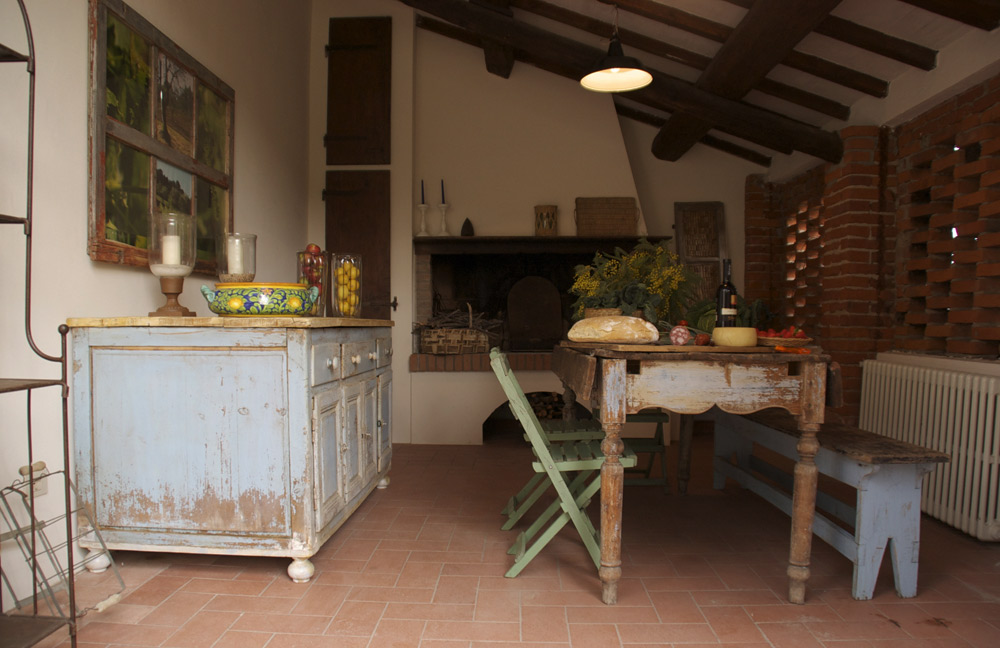


 |
 |
 |
 |
 |
 |
 |
 |
 |

 |
The history and charm of the city The first settlement of Pistoia dates back to the V century B.C. when the current area of Piazza del Duomo was for the Etruscans the starting point for a trans-Apennine road network. Truer is the history regarding Roman Pistoia, a colony erected on the stretch of Cassia and where the defeat of Catilina (62 B.C.) occurred. Pistoia achieved importance as administrative centre and military stronghold under the Longobard that nominated it City. In the XII century it became free Ghibelline town and experienced great splendour: the inhabited area broadened and a second circle of walls had to be built (the ones still existing). Defeated in the fight against Guelph Florence, it lost its autonomy and suffered slow decadence for the entire Medicean period. However, in the grand-ducal period, with the Lorena dynasty, it enjoyed substantial economic prosperity. In 1859 it became part of the Kingdom of Italy. Numerous monuments, rich in works of art, among which the Palazzo Comunale (Municipality Palace), dating back to the XII-XIII century; octagonal plan Baptistery with a dichromatic strips covering, built on design by Andrea Pisano; the Ospedale del Ceppo enriched with the enamelled terracotta frieze artefact made by the Della Robbia workshop; the Church of Sant'Andrea where there is the pulpit by Giovanni Pisano; the Renaissance church Madonna dell'Umiltà; the Church of San Giovanni Fuorcivitas, the most important evidence of Pistoia Romanesque with strips of white and dark green marble, and the Duomo (Cathedral), where the famous altar of San Jacopo, among the most important works of Italian goldsmith's craft is kept.  Pistoia between art and nature It is an ancient city, main city, whose economy is mainly based on the industrial and commercial activities and booming plant nursery production. The wide territory of Pistoia is crossed by the River Ombrone and Vincio, Brana, and Bure torrents. The altimetry heights range from a minimum of 40 metres in the south-eastern part to a maximum of 1611 metres in the northern region. The altimetry changes vary the landscape characteristics, which range from plain areas to small hills, around the city, up to mountain reliefs. The Municipality coat of arms contains two symbols: the white and red chessboard, that has been representing the community since immemorial times and it is believed that it recalls the escallop-shell of the pilgrim that San Jacopo was depicted with, and the bear, evident reference to the mountain, once inhabited by wild animals, part of the Town's domain.  The Giostra dell'Orso The Giostra dell'Orso is held on 25 July: twelve horsemen, three for each of the four districts of Pistoia, they compete one against another to win the "palio" (banner). The objective is to knock down a bear shaped target byhitting it with a lance before the opponent. The winning horseman is awarded the sought-after "Sperone d'Oro" (Golden Spur).  Pistoia Blues The Festival has been talking place in Pistoia since 1980 and today it is one of the most important Blues music events in Italy and in Europe. Three days of top quality music fill the streets of the centre, with concerts, and many activities that enrich the festival atmosphere. The 2012 edition already includes the most famous Blues artist: B.B. King! 2012 Edition: 13/14/15 July  Dialoghi sull'Uomo "Dialoghi sull'uomo" is an anthropology festival, unique in its kind. The subject of contemporary man's meditation becomes "protagonist" of meetings, conferences, shows, and dialogues directed for a non specific public, interested and fascinated by the poetics and research about man. Special guests of the 2011 edition: Marc Augè, Toni Servillo, and Umberto Galimberti. 2013 Edition: 24/25/26 May 
|
 |

















